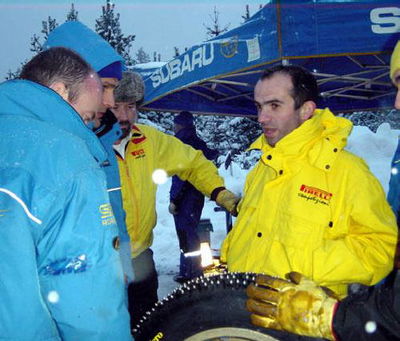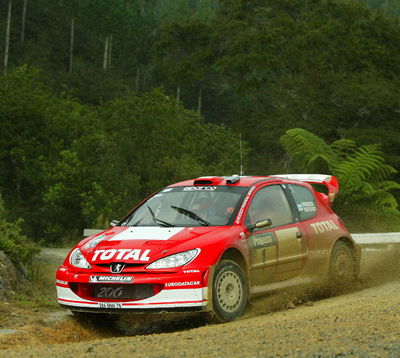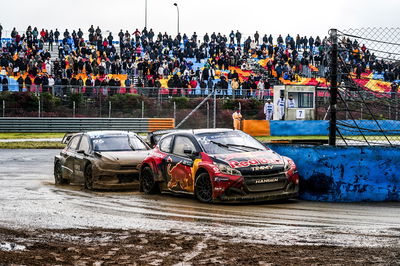Technical talk - Pirelli talks EMIs.
With the drivers having to contend with dusty tracks, gravel and rocky terrains in the WRC, it's vital that their tyres are able to withstand the elements. Therefore, Pirelli and the 555 Subaru World Rally Team use EMIs on all the WRC events.
Fiore Brivio, Pirelli Tyres Rally Manager, explains...
- The Pirelli EMI is a mousse material which replaces the air in the tyre by expanding if the tyre should collect a puncture.
- The EMI is put into the Pirelli tyre using special equipment and lubricants. Both the tyre and EMI are then fitted onto the wheel rim.

With the drivers having to contend with dusty tracks, gravel and rocky terrains in the WRC, it's vital that their tyres are able to withstand the elements. Therefore, Pirelli and the 555 Subaru World Rally Team use EMIs on all the WRC events.
Fiore Brivio, Pirelli Tyres Rally Manager, explains...
- The Pirelli EMI is a mousse material which replaces the air in the tyre by expanding if the tyre should collect a puncture.
- The EMI is put into the Pirelli tyre using special equipment and lubricants. Both the tyre and EMI are then fitted onto the wheel rim.
- The EMI enables the driver to attack the stages much more aggressively. Before EMIs, drivers were more cautious in order to prevent collecting punctures and losing time. Now, EMIs enable drivers to compete at maximum speed.
- The EMI is generic across the range. The only difference is size. There are three different sizes, including one for tarmac tyres, one for gravel tyres and one for snow tyres.
- Following a puncture, it takes approx 200 metres for the EMI to become effective. On collection of a puncture, the tyre will initially feel soft, but then the EMI will expand, make the tyre hard and enable the driver to continue competing at normal speed.
- Pirelli supply approximately 100 EMIs to the 555 Subaru World Rally Team per car, per event. For the 2003 WRC season, Pirelli will supply the two-car Subaru Team with 2800 EMIs.
- Each EMI costs approximately 400 Euros and weighs 3 kilos. It can last for 50km, and is effective for up to a 15cm hole.
- The only downside of using the EMI is that its adds 2-3 three kilos to the un-sprung weight (tyre and wheel unit).











